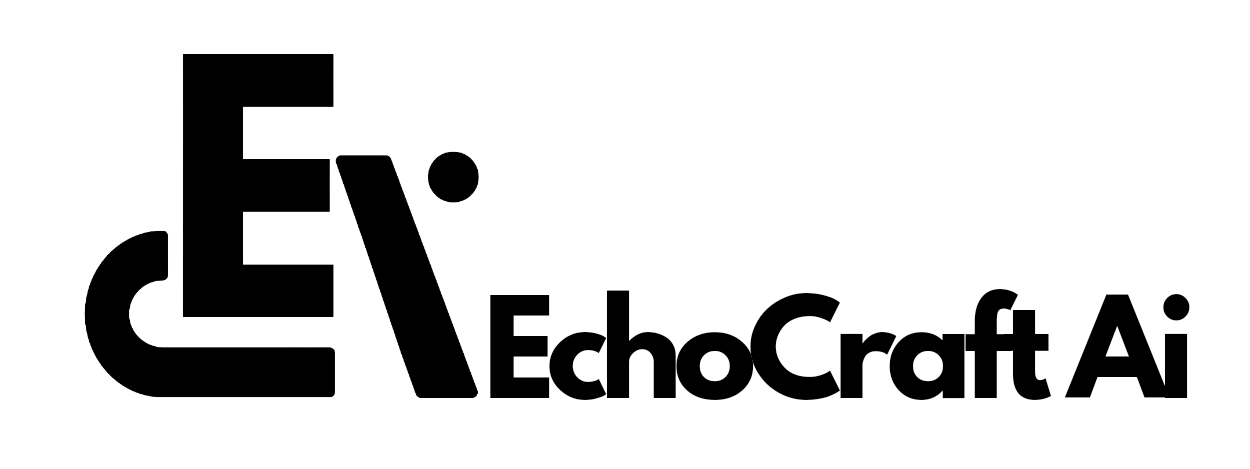X has raised the price of its Premium+ subscription plan, following the introduction of Grok 3, the latest AI model developed by its subsidiary, xAI.
The monthly price for Premium+ users in the U.S. has risen to $50, up from $22 previously. The annual subscription now costs $350, marking a substantial price increase.
This price adjustment follows a similar move in December, when the cost was increased from $16 to $22 per month.
The latest increase represents more than a doubling of the previous price within a short period. The adjustment comes shortly after the release of Grok 3, which is included with the Premium+ plan, though some advanced features are being reserved for a separate offering.
Not All Grok 3 Features Available in Premium+ Plan
While Grok 3 is now available to Premium+ users, access to some advanced features, such as “deep search” and “reasoning,” will be restricted to a new plan called SuperGrok, which can be accessed via the Grok app. These capabilities will not be available through the Premium+ subscription.
Pricing Discrepancies Cause Confusion Among Users
There have been reports of pricing discrepancies across X’s platform, leading to confusion. The support page lists the Premium+ plan at $50 per month, but users attempting to sign up have encountered varying prices.
For example, one sign-up page showed a monthly charge of $39.83, while the checkout page displayed an annual cost of $395. Another page listed the price as $40 per month, creating uncertainty about the actual subscription cost.
Introducing New Features with Grok 3
Grok 3 introduces several advanced features, including a “Big Brain” mode for complex reasoning and a “DeepSearch” tool that generates research abstracts by scanning the web and X platform.
While access to Grok 3 is available with the Premium+ plan, more advanced tools, such as unlimited image generation and additional reasoning queries, require the separate SuperGrok plan.
xAI’s Strategy to Compete with Major AI Models
xAI aims to compete with established AI models from OpenAI and Google with Grok 3, which is not a single model but a family of models tailored for different tasks.
Grok 3 Mini, for example, focuses on speed, while Grok 3 Reasoning is designed for technical accuracy. According to xAI, Grok 3 outperforms models like GPT-4 in benchmarks such as AIME for mathematical problem-solving and GPQA for PhD-level science queries.
Future Plans for Grok 3 and Expanding Capabilities
xAI has plans to continue enhancing Grok 3, with new features including voice interaction expected to launch soon. The model will eventually be accessible through xAI’s enterprise API for businesses and developers. Elon Musk has also suggested that Grok’s capabilities could one day support SpaceX missions, signaling long-term ambitions for the AI’s use.
xAI’s Colossus Supercomputer Powers Grok 3
To train Grok 3, xAI employed substantial computational power, initially utilizing 65,000 NVIDIA H100 GPUs and later expanding to 100,000 GPUs. This infrastructure, called the Colossus supercomputer, is designed to run synthetic datasets, minimizing AI errors and improving response accuracy.
Commitment to Open-Source and AI Alignment
In contrast to companies like OpenAI and Google, which follow closed-source models, xAI plans to release Grok 2’s model weights once Grok 3 is stable, committing to an open-source approach.
Elon Musk has also emphasized the company’s commitment to maintaining AI neutrality, an objective that will be monitored as the AI landscape continues to evolve.

